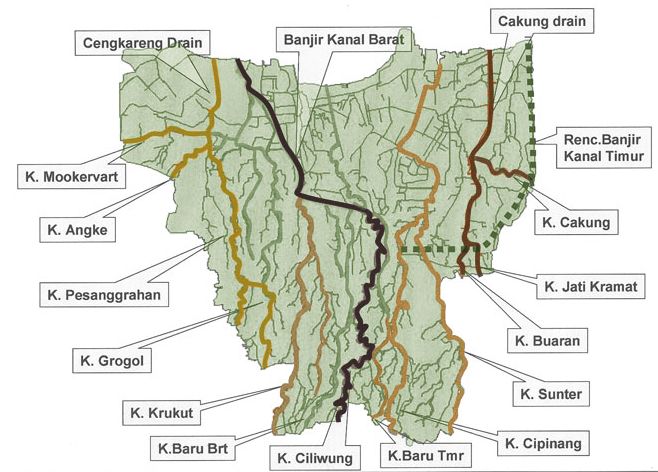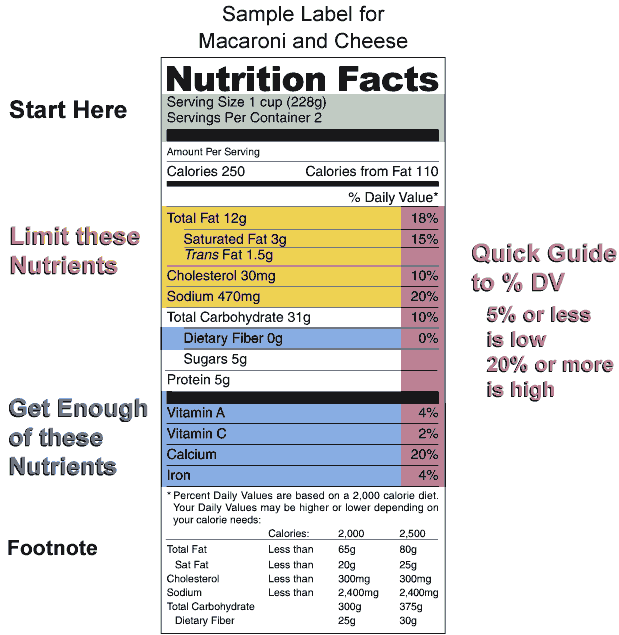
MOVING THE CAPITAL DUE TO SEA RISE: Jakarta, Indonesia is the fastest sinking city on earth. Sea rise threatens the city, located on land intersected by 13 rivers. A busy port, Jakarta is congested and dense; heavy port buildings weigh down the terrain. As the capital, Jakarta also supports government, industry, and a burgeoning population. Residential and industrial water needs result in considerable pumping from the rivers, further draining the land mass. Another burden of density: traffic – Jakarta’s is among the world’s worst. And then there’s the residential buildings: 10 million people call Jakarta home, making it one of the world’s megacities. Skyscrapers dot the skyline, adding weight. Jakarta has sunk eight feet in the past decade, and the subsidence continues. Half of the city is below sea level.

NEW CAPITAL, NEW VISION: Changing the capital of a country is not unique in history. Baghdad was founded with a new vision, drawn as three concentric circles with a stroke of the Caliph’s sword marking the new capital. As Baghdad rebuilds, will Frank Lloyd Wright‘s plans and drawings bring Al Mansur’s vision to life as Madinat as-Salam, “City of Peace?” Other times, capitals moved inland from ports: Lagos, a port city, begat Abuja, moving Nigeria’s capital to a central location designed with vision and values including Haussmann’s Paris and L’Enfant’s and Banneker’s Washington, D.C. Rio de Janeiro ceded its position as capital to Brasilia, in part because the city of Ipanema beach became too dense; coastal location also meant vulnerability. The new capital, Brasilia, was central to the diverse country, representing a wider vision. Lucio Costa designed the new capital to be built in the shape of an airplane; Brasilia was the first city built to be seen from the air.
NEW BALANCE OF POWER: Just as Brazil chose an inland location, and Nigeria selected Abuja to relate to the center of the country, so Indonesia’s possible choice of an area of Borneo might represent a wider view. Palangka Raya is in consideration, in part due to a previous proposal by first president (1945-1967) Sukarno.
FUTURE OF COASTAL LOCATIONS IN CLIMATE CHANGE: Jakarta is a case example of the future. Rising seas may inundate some of the greatest cities in the world, many built as ports. As Indonesia begins to move its capital away from Jakarta, it will rebuild the coastal metropolis to defend from sea rise: “By 2050, about 95% of North Jakarta may be submerged,” according to Heri Andreas, Bandung Institute of Technology. Can innovations such as those proposed by Lempérière and Deroo to use canals, and rivers, to combat rising seas, help Jakarta and other port cities build a safer, better future? Will the Belt and Road Initiative build very different kinds of ports, using rivers, canals, and urban harbors to address sea rise?
Afra Sapiie, Marguerite. “Jokowi wants to move capital out of Java.” 29 April 2019. The Jakarta Post. https://www.thejakartapost.com/news/2019/04/29/jokowi-wants-to-move-capital-of-java.html/.
BBC. “Indonesia’s planning minister announces capital city move,” 29 April 2019.
Lemer, Andrew C. “Foreseeing the Problems of Developing Nigeria’s New Federal Capital.” In Macro-engineering and the Future: A Management Perspective. edited by Frank P. Davidson and C. Lawrence Meador. Boulder, CO: Westview Press, 1982.
Lempérière, François and Luc Deroo. “Peut on éviter les inondations à Paris?” January 2018. Symposium du DCBR : comité français des barrages et réservoirs. http://www.barrages-cfbr.eu/IMG/pdf/symposium2018_10_deroo_lemperiere_peut-on_eviter_les_inondations_a_paris.pdf
Litwin, Evan T. “The Climate Diaspora: Indo-Pacific Emigration from Small Island Developing States.” 2011. University of Massachusetts Boston. https://papers.ssrn.com/sol3/papers/cfm?abstract?id=1912859.
Kennedy, Merrit. “Indonesia plans to move its capital out of Jakarta, a city that’s sinking.” 29 April 2019. NPR. https://www.npr.org/2019/04/29/718234878/indonesia-plans-to-move-its-capital-out-of-jakarta-a-city-thats-sinking.
Toppa, Sabrina. “These cities have the worst traffic in the world, says a new index.” 4 February 2016. Jakarta, Istanbul, Mexico City, Surabaya, and St. Petersburg top the world’s cities among 78 surveyed. Time Magazine. http://time.com/3695068/worst-cities-traffic-jams/
Appreciation and recognition: David Edwards-May, Inland Waterways International, Andrew C. Lemer, Evan Litwin, and Cherie Potts for contributions to this post.
Building the World Blog by Kathleen Lusk Brooke and Zoe G Quinn is licensed under a Creative Commons Attribution-NonCommercial-NoDerivs 3.0 Unported Licen












